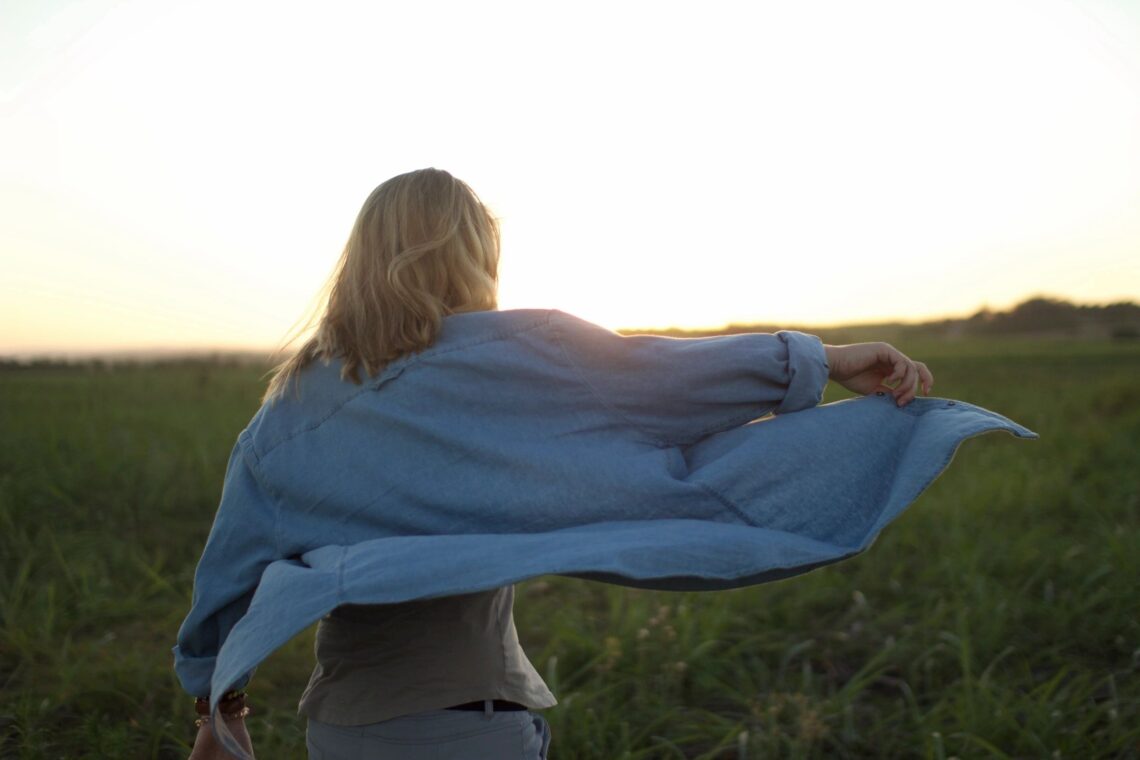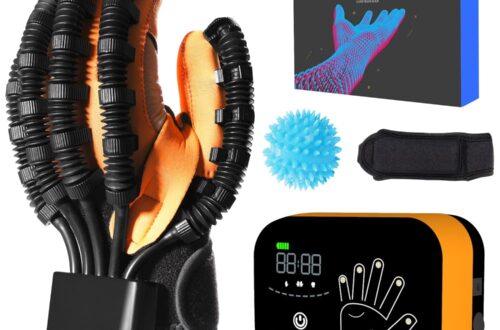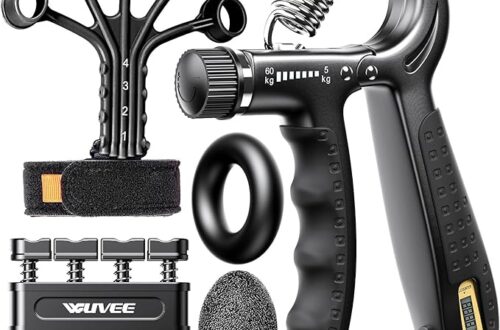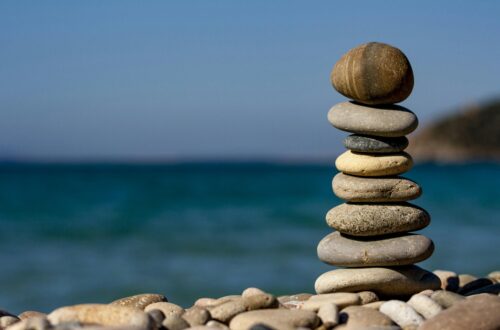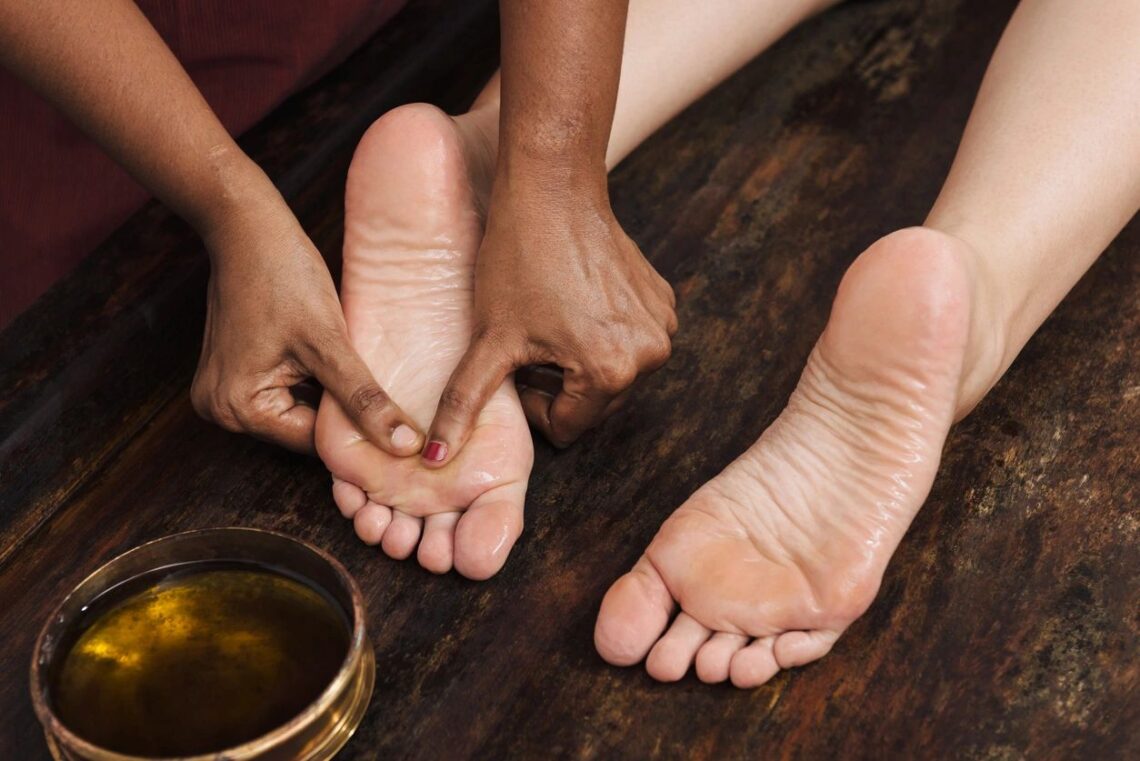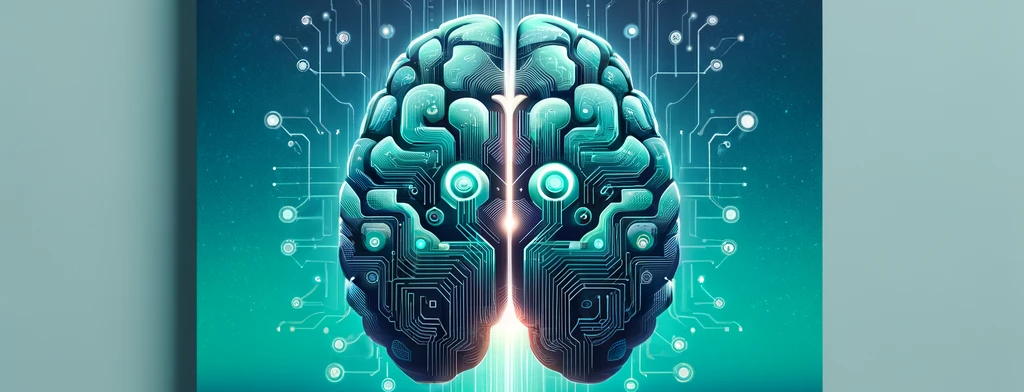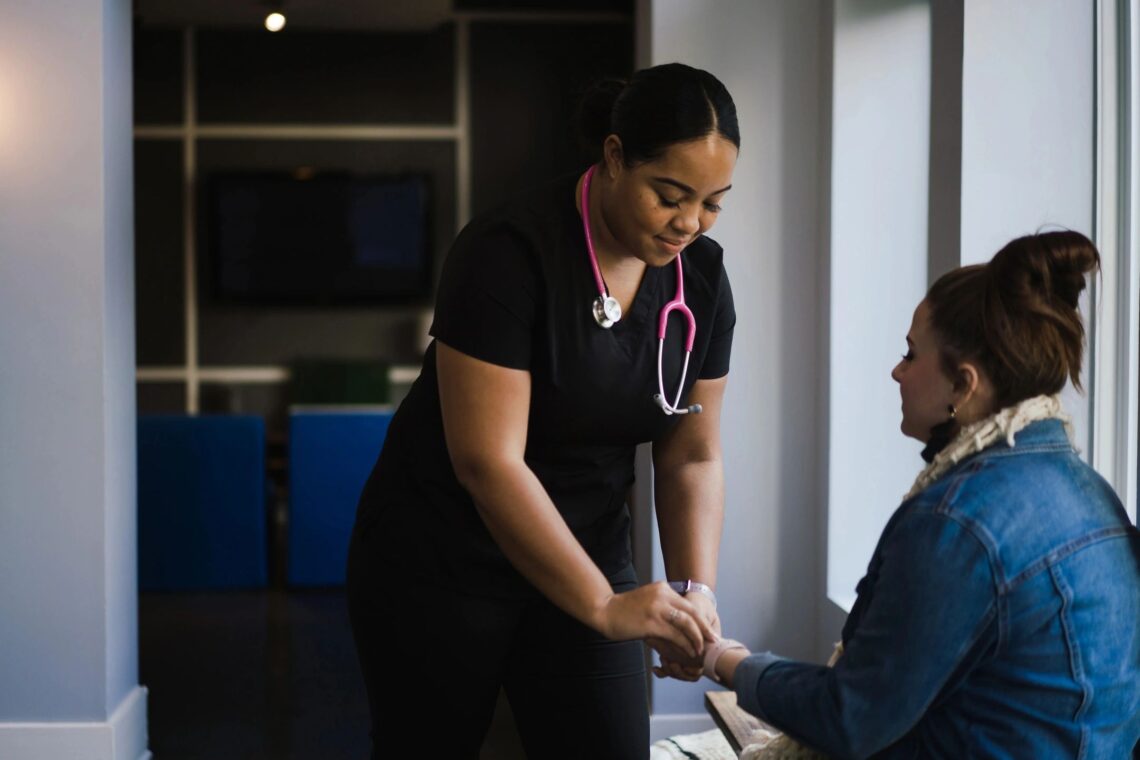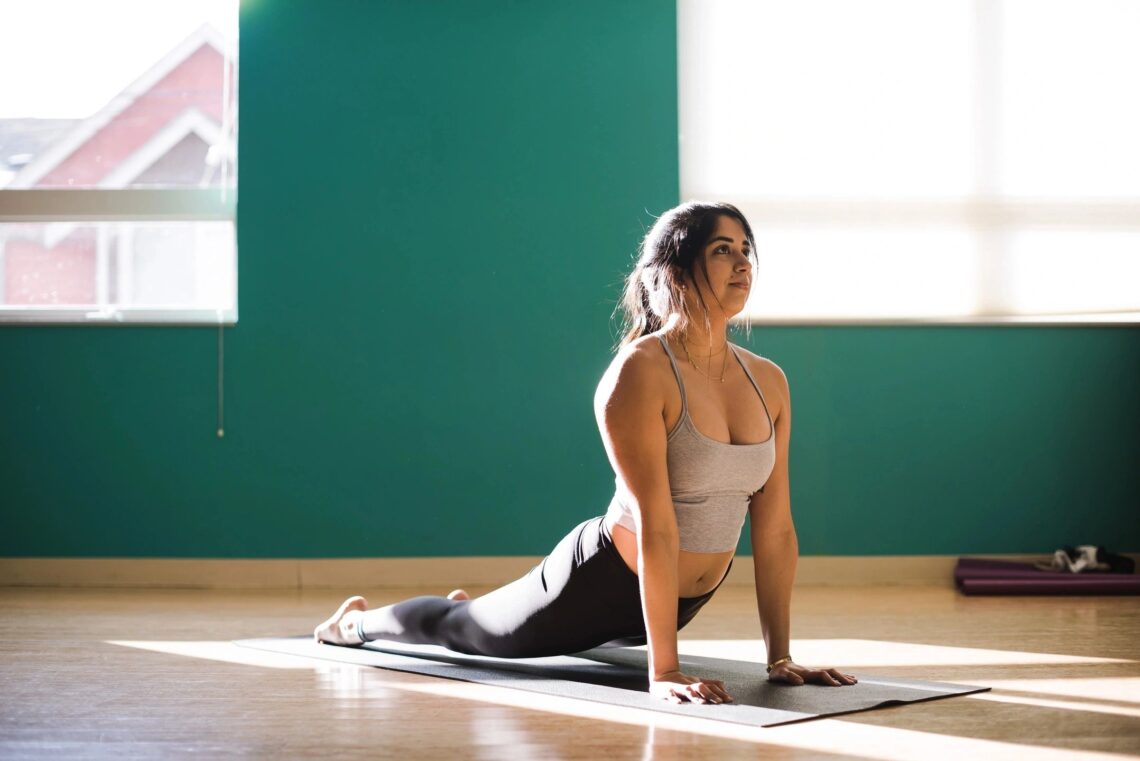When we think about communicating with those around us, the ability to speak clearly and express our thoughts feels as natural as breathing. Yet, for many women experiencing a mild stroke, speech difficulties can suddenly turn this once effortless ability into a challenging task. Recognizing speech difficulties as a key indicator of a stroke is crucial, not only for those who may experience a stroke but also for their families and friends who can help in identifying the signs and seeking prompt medical attention. Understanding Speech Difficulties in the Context of a Stroke Speech difficulties during a stroke can manifest…
-
-
In the landscape of mild stroke symptoms, sudden confusion and disorientation stand out as particularly elusive signposts, often blending into the background of our busy, sometimes chaotic lives. Especially for women, who frequently juggle multiple roles and responsibilities, recognizing these subtle cues can be challenging. Yet, understanding and acting upon these signs is crucial for timely intervention and can significantly impact recovery. Let’s delve into the nuances of sudden confusion and disorientation, unpacking what these symptoms really mean and why they demand our attention. Sudden Confusion and Disorientation: Unraveling the Mystery Imagine you’re in the middle of a familiar task,…
-
Introduction Navigating the path to recovery after a stroke can be challenging, especially for women who often juggle multiple roles in their personal and professional lives. Engaging in physical leisure activities not only offers a respite from these challenges but also plays a crucial role in rehabilitation and enhancing quality of life. This guide explores how leisure activities tailored to the needs of women stroke patients can aid in their physical and emotional recovery, promoting a healthier, more active lifestyle post-stroke. The Importance of Physical Engagement Post-Stroke Physical activity is a cornerstone of stroke recovery, aiding in improving mobility, balance,…
-
When we think of strength and sensation in our bodies, we often take for granted the seamless coordination and balance between both sides. However, when something as critical as a stroke intervenes, this balance can be disrupted, manifesting as unilateral weakness or numbness. This article dives deep into the nuances of these symptoms, particularly in women, shedding light on their significance, recognition, and the urgency they command in stroke awareness and response. The Significance of Unilateral Weakness or Numbness Unilateral weakness or numbness, the loss of strength or sensation on one side of the body, is a telltale sign of…
-
In today’s fast-paced world, where screens often dominate our attention and sedentary lifestyles are increasingly common, finding joy in physical engagement through leisure activities has never been more crucial. This exploration into the myriad ways we can invigorate our bodies and minds outside the confines of structured exercise aims to inspire and motivate, particularly for women seeking a harmonious blend of enjoyment and wellness. The Hidden Power of Leisure Leisure activities, often perceived merely as downtime or relaxation, hold an untapped potential for enhancing our physical well-being. Engaging in activities that bring us joy and involve movement can be a…
-
Creativity is not just about producing art; it is a complex cognitive process that involves the brain working in novel ways. Engaging in creative pursuits stimulates different areas of the brain, including those responsible for memory, attention, and problem-solving skills. Activities such as painting, writing, making music, or dancing can significantly improve cognitive functions, leading to enhanced creativity, problem-solving abilities, and even emotional resilience. The Science Behind Cognitive Stimulation through Creativity Research indicates that creative activities stimulate neural connections, leading to improved brain function and plasticity. This means the brain becomes more capable of adapting to new information, challenges, and…
-
Recreational therapy offers a unique and engaging approach to stroke rehabilitation, blending enjoyment with therapeutic goals to enhance physical, cognitive, and emotional recovery. By incorporating leisure activities that stroke patients find meaningful, recreational therapy can significantly contribute to their overall well-being and rehabilitation progress. Physical Engagement Through Leisure Activities Activities such as walking in nature, swimming, or adaptive sports are not only enjoyable but also improve motor skills and endurance. These physical activities encourage the use of affected limbs in a natural, enjoyable setting, promoting strength and coordination in a less clinical environment. Cognitive Stimulation with Creative Pursuits Creative pursuits…
-
Occupational therapy plays a pivotal role in the rehabilitation journey of stroke survivors, aiming to enhance their ability to perform daily activities and improve their quality of life. A critical component of this process is the use of specialized assessment tools that help occupational therapists evaluate the patient’s functional abilities, identify areas of need, and develop personalized treatment plans. This article delves into the various occupational therapy assessment tools specifically designed for stroke patients, highlighting their importance and how they contribute to the rehabilitation process. The Purpose of Occupational Therapy Assessments Occupational therapy assessments for stroke patients serve multiple purposes.…
-
Upper extremity exercises play a crucial role in the rehabilitation of stroke patients, aiming to restore function, improve mobility, and enhance the quality of life. Following a stroke, individuals often experience varying degrees of paralysis or weakness in the arms and hands, making daily activities challenging. This comprehensive guide delves into the importance of upper extremity exercises for stroke patients, outlining effective strategies and exercises designed to facilitate recovery and independence. The Importance of Upper Extremity Rehabilitation Stroke rehabilitation requires a holistic approach, with upper extremity exercises being a cornerstone of therapy. The primary goal is to regain lost skills,…
-
Occupational therapy stands as a beacon of hope and empowerment for stroke survivors, guiding them through the complexities of recovery with the aim of restoring their independence and improving their quality of life. Following a stroke, individuals often face daunting challenges in performing daily activities, a consequence of the physical, cognitive, and emotional impairments the stroke may leave in its wake. Occupational therapy for stroke patients is meticulously designed to address these challenges, employing a variety of tools and strategies to assist patients in reclaiming their ability to navigate everyday tasks. At the heart of occupational therapy is the use…
-
The landscape of healthcare diagnostics and decision-making is rapidly evolving, with advanced diagnostic tools and decision-making systems playing pivotal roles. These innovations, particularly those driven by artificial intelligence (AI), are transforming the practice of medicine by improving diagnostic accuracy, optimizing treatment decisions, and enhancing patient safety. Clinical Decision Support Systems (CDSS)CDSS are integral in augmenting clinicians’ abilities to make complex decisions. These systems offer various benefits, including reducing medication administration errors through electronic drug dispensing systems (EDDS) and bar-code point-of-care (BPOC) medication administration systems, which ensure a closed loop of prescribing, transcribing, dispensing, and administering medication. They also target patient…
-
The integration of artificial intelligence (AI) in healthcare, particularly in stroke diagnosis and treatment, is revolutionizing the way medical care is delivered and enhancing patient outcomes. Platforms like Brainomix and various AI-assisted healthcare projects are at the forefront of this transformation, providing crucial support to healthcare professionals by offering advanced diagnostic tools and decision-making systems. Brainomix and Stroke Care:Brainomix specializes in AI tools that interpret acute stroke brain scans, aiding doctors in making informed treatment decisions and facilitating the transfer of patients requiring specialist care. This AI-enabled approach ensures timely and accurate diagnosis, which is critical for effective stroke management.…
-
The Intersection of Stroke Care and Artificial Intelligence: Recent Advances The integration of Artificial Intelligence (AI) in stroke care is pioneering advancements in treatment, diagnosis, and rehabilitation, offering new hope for patients and clinicians alike. Here’s a roundup of the most recent news highlighting how AI is transforming stroke management: AI-Guided Stroke Treatment Enhances Patient Outcomes Expansion of Brainomix to the US Market Future Directions and Clinical Research Conclusion The integration of Artificial Intelligence into stroke care is a rapidly evolving field that promises to significantly improve outcomes for stroke patients. From reducing the risk of subsequent vascular events through…
-
Recovering balance and coordination is a crucial step in the journey toward independence and safety, especially for individuals navigating the aftermath of a stroke or other neurological conditions. Exercises designed to improve sitting and standing balance, along with coordination activities, can significantly reduce the risk of falls and bolster overall stability. This easy-to-read article delves into effective balance and coordination exercises, offering a guide to enhance bodily control and movement efficiency. The Foundation of Balance and Coordination Balance and coordination are fundamental skills that allow us to perform daily activities smoothly and efficiently. Balance is the ability to maintain a…
-
Stroke recovery is a journey marked by challenges and milestones, with regaining independence in Activities of Daily Living (ADLs) standing as a significant goal for survivors. ADL training, a fundamental component of rehabilitation, focuses on restoring the ability to perform everyday tasks that are essential for self-care and independence. This detailed article explores the essence of ADL training for stroke survivors, highlighting its importance, strategies, and the profound impact it has on the recovery journey. Understanding ADLs in Stroke Recovery Activities of Daily Living (ADLs) are the basic tasks that individuals perform every day, including eating, bathing, dressing, toileting, transferring…
-
In the intricate journey of stroke recovery, cognitive and perceptual rehabilitation emerges as a cornerstone, playing a pivotal role in helping survivors navigate the challenges that affect their daily lives. Cognitive impairments following a stroke can range from memory loss and attention deficits to more complex issues such as difficulty in understanding or processing information. Similarly, perceptual difficulties might involve problems with spatial awareness or the ability to accurately interpret sensory information. Occupational therapy, with its holistic approach, employs a variety of cognitive and perceptual exercises designed to address these challenges, facilitating a more comprehensive recovery. This article delves into…
-
Stroke recovery is a multifaceted process, deeply personal and often challenging, requiring a comprehensive approach to rehabilitation. Among the various strategies employed, fine motor skills exercises play a crucial role, particularly in occupational therapy (OT) for stroke survivors. These exercises are not just about regaining physical abilities; they are about reclaiming independence, confidence, and the joy of engaging in everyday activities. This article delves into the significance of fine motor skills exercises, offering insights into how they facilitate recovery and improve quality of life for stroke survivors. Understanding Fine Motor Skills After Stroke Fine motor skills involve the use of…
-
Occupational therapy for stroke patients involves a variety of exercises and activities tailored to address the specific impairments and needs of each individual. The main goal is to enhance physical function, cognitive abilities, and emotional well-being, enabling patients to resume their daily routines and roles in life. Here’s a review of key OT exercises and their benefits: 1. Fine Motor Skills Exercises 2. Gross Motor Skills Exercises 3. Cognitive and Perceptual Exercises 4. Activities of Daily Living (ADL) Training 5. Balance and Coordination Exercises 6. Sensory Integration Exercises 7. Emotional and Psychological Support Conclusion Occupational therapy exercises play a vital…
-
Restoring life after a stroke, especially for women, involves a multifaceted approach that emphasizes the importance of occupational therapy (OT) and the support networks surrounding the survivor. Occupational therapy plays a vital role in rehabilitation, focusing on improving the ability to perform daily activities and enhancing quality of life. This comprehensive guide delves into how women can restore their lives post-stroke through occupational therapy, highlighting the critical role of a supportive network. Understanding Occupational Therapy’s Role Occupational therapy is tailored to meet the unique needs of each stroke survivor, with a particular focus on enabling women to regain their independence…
-
Stroke recovery is a deeply personal journey, especially for women, who may face unique challenges and responsibilities alongside their rehabilitation. Occupational therapy (OT) stands as a crucial pillar in this journey, tailored to help women regain their independence and enhance their quality of life. This blog post delves into the essential guidelines of occupational therapy for women recovering from a stroke, emphasizing the blend of clinical expertise and compassionate care that defines this therapeutic approach. Embrace Individualized Care Plans The cornerstone of effective occupational therapy is its emphasis on individualized care. Every woman’s stroke recovery journey is distinct, with different…
